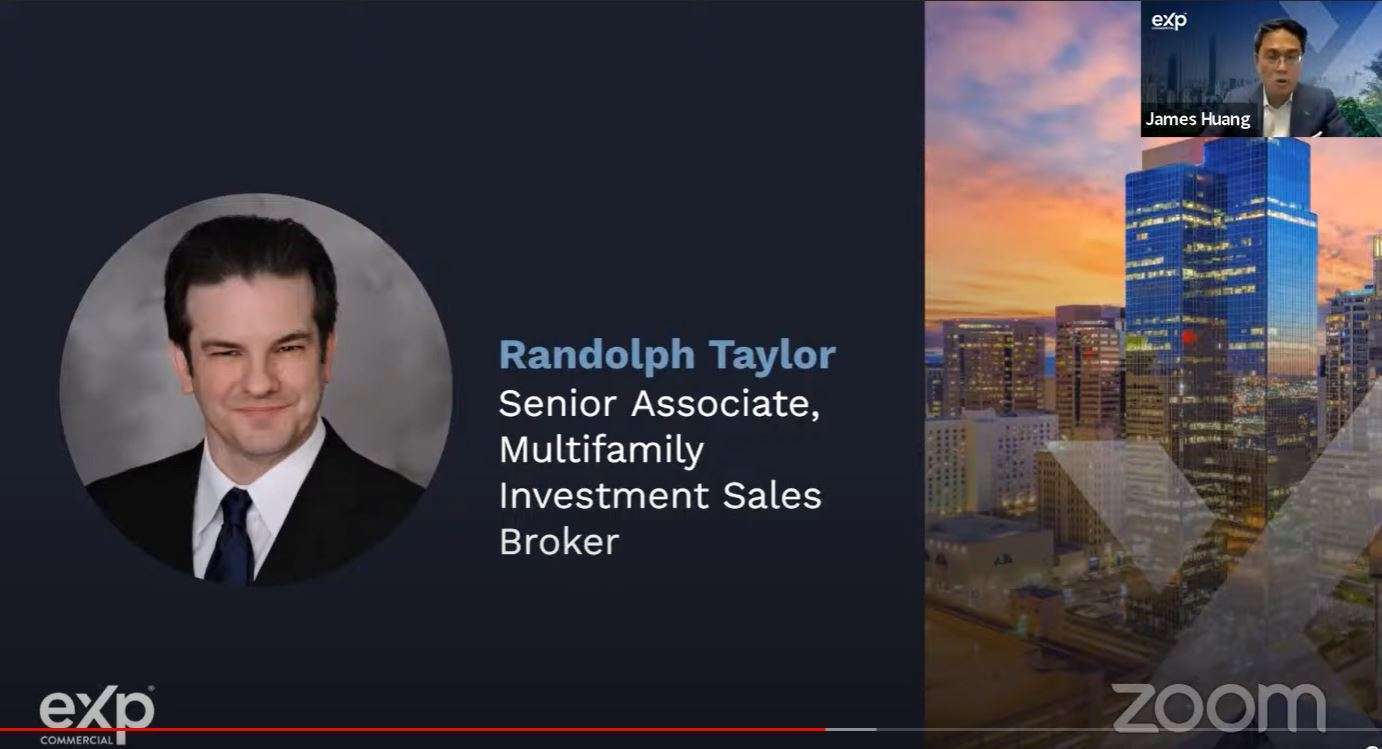Congress Seeks to Enhance and Extend Opportunity Zone Benefits
When it comes to reducing and deferring taxes for a good cause, members of Congress can work together. Congressional leaders recently submitted bipartisan, bicameral legislation (sponsored by both parties in the House and the Senate) to enhance and extend the tax benefits of the successful Opportunity Zone program. The “Opportunity Zones Transparency, Extension, and Improvement Act” is great news for investors with capital gains if the legislation passes.
Good News for Investors with Gains
The legislation, if passed, can assist investors who seek to shelter and reinvest capital gains, but timing is critical. The new law will allow Qualified Opportunity Zone (QOZ) investors to reduce their capital gains taxes by up to 15% if they re-invest their realized gains in a Qualified Opportunity Fund (QOF) by December 31, 2022, and by 10% if they re-invest by year-end 2023.
Defer, Reduce, and Eliminate Taxable Gains with Opportunity Zones
Opportunity Zone investors enjoy three significant tax benefits:
1. Defer Capital Gains
Once an investor realizes a taxable gain, they have 180 days to reinvest their eligible gains in a QOF. Then, they can defer realizing the gain, under current tax law, until December 31, 2026 (with any tax payment due on April 15, 2027, when the taxpayer files a return). The deferral is, in effect, an interest-free loan from the government.
Under the proposed tax law revision, the incentive deferral period will be extended by two years until December 31, 2028.
2. Reduce Capital Gains
Early investors in QOFs benefited from a potential step-up in basis of up to 15% on their reinvested gains. Last year, the step-up in basis was 10%, but the benefit expired on New Year’s Eve. A step-up in basis provides a reduction of realized gains and thus taxes due.
The new legislation gives investors a second chance. Under the updated OZ legislation, investors who roll their eligible realized gains into a QOF by the end of 2022 and hold their investment for 6 years will receive a 15% step-up in basis on December 31, 2028. Those who invest next year, by December 31, 2023, and hold their investment for 5 years will receive a 10% step-up in basis.
3. Eliminate Capital Gains
OZ investors who hold their investment for 10 years or more will pay no capital gains tax on the appreciation of the new investment. This original benefit of the OZ program may prove to be the most productive of all.
All together, OZ investors can potentially enjoy enhanced after-tax returns through capital gains tax deferral, reduction, and elimination.
The Origin of OZ Tax Benefits
The Opportunity Zone (OZ) program was enacted in 2017 as part of the Tax Cuts and Jobs Act. The OZ program provides investors with powerful tax incentives to commit capital to America’s underserved communities. The 8,764 original Opportunity Zones are low-income census tracts identified by local governments in partnership with the US Treasury. The legislation incentivizes investment in these neighborhoods by enabling investors with taxable gains to defer and reduce those gains through reinvestment in real estate and businesses in those communities. Congress is now acting to extend the program, which was held back by the pandemic and the initial rule-making process.
Additional Helpful Changes
The legislation also includes other updates to make the OZ program better:
Feeder Funds and Funds-of-Funds
The OZ program will now allow feeder funds and funds-of-funds, a benefit to smaller investors and investors seeking diversification. (For sophisticated tax planning, investors could also consider forming their own QOF to meet their personal reinvestment deadline, and then invest in other QOFs. Pursue this only with the advice of a tax expert.)
$1 Billion Local Dynamism Fund
Congress will add a $1 billion state and community fund to support projects in smaller lower-income communities by providing extra technical assistance, financing, and grants.
Early Sunset for Some Opportunity Zones
The legislation will require an “early sunset” of certain middle-income census tracts in the OZ program. These tracts were included in the program based on 2010 census data (or were contiguous to certain eligible census tracts), have already seen economic improvement, and are “graduating” from the program. Current investments in these middle-income census tracts will be grandfathered.
Reporting, Transparency, and Oversight
The success of the OZ program depends upon data. Investors will need to provide more substantive reporting on their activities, a provision of the original legislation dropped due to the technical requirements of the budget reconciliation process in 2017. This will expand program transparency and oversight.
When Opportunity Knocks Twice…
Investors seeking to shelter realized or potential capital gains taxes have a timely tax and wealth planning opportunity with this legislation. Over the years, we have helped guide many investors with tax-advantaged strategies such as Opportunity Zones. Schedule a consultation today to learn how you can benefit.
Because investor situations and objectives vary this information is not intended to indicate suitability for any individual investor.
This is for informational purposes only, does not constitute as individual investment advice, and should not be relied upon as tax or legal advice. Please consult the appropriate professional regarding your individual circumstance.
Diversification does not guarantee a profit or protect against a loss in a declining market. It is a method used to help manage investment risk.
There are material risks associated with investing in DST properties and real estate securities including liquidity, tenant vacancies, general market conditions and competition, lack of operating history, interest rate risks, the risk of new supply coming to market and softening rental rates, general risks of owning/operating commercial and multifamily properties, short term leases associated with multi-family properties, financing risks, potential adverse tax consequences, general economic risks, development risks, long hold periods and potential loss of the entire investment principal. Past performance is not a guarantee of future results. Potential cash flow returns and appreciation are not guaranteed. IRC Section 1031 is a complex tax concept; consult your legal or tax professional regarding the specifics of your particular situation. This is not a solicitation or an offer to sell any securities. DST 1031 properties are only available to accredited investors (typically have a $1 million net worth excluding primary residence or $200,000 income individually/$300,000 jointly of the last three years) and accredited entities only. If you are unsure if you are an accredited investor and/or an accredited entity please verify with your CPA and Attorney.
Certain QOZ areas may not be able to appreciate as predictably as more established areas. Some neighborhoods may be more accommodating to development than others, impacting the success of the investment. Development and redevelopment of real estate traditionally have more risk than other types of real estate strategies. The availability and cost of construction and development financing is uncertain and represent a risk inherent in the execution of a QOF strategy. The rules and regulations of the QOZ Program are complex, and compliance with the QOZ Program comes with significant challenges. QOFs tend to be illiquid investments for ten or more years. Any discussion regarding “Qualified Opportunity Zones” — including the viability of recycling proceeds from a sale or buyout — is based on advice received regarding the interpretation of provisions of the Tax Cut and Jobs Act of 2017 (the “Jobs Act”) and relevant guidance’s, including, among other things, two sets of proposed regulations and the final regulations issued by the IRS and Treasury Department in December of 2019. A number of unanswered questions still exist and various uncertainties remain as to the interpretation of the Jobs Act and the rules related to Opportunity Zones investments. We cannot predict what impact if any.
Mutual Funds are sold by prospectus. Please consider the investment objectives, risks, charges, and expenses carefully before investing in Mutual Funds. The prospectus, which contains this and other information about the investment company, can be obtained directly from the Fund Company or your financial professional. Be sure to read the prospectus carefully before deciding whether to invest.
Pursuant to requirements imposed by the Internal Revenue Service, any tax advice contained in this communication (including any attachments) is not intended to be used, and cannot be used, for purposes of avoiding penalties imposed under the United States Internal Revenue Code or promoting, marketing or recommending to another person any tax-related matter. Please contact us if you wish to have formal written advice on this matter.






